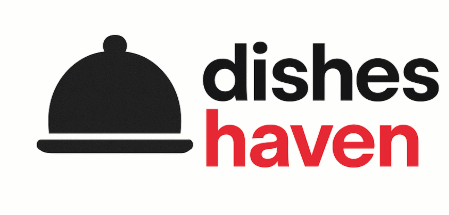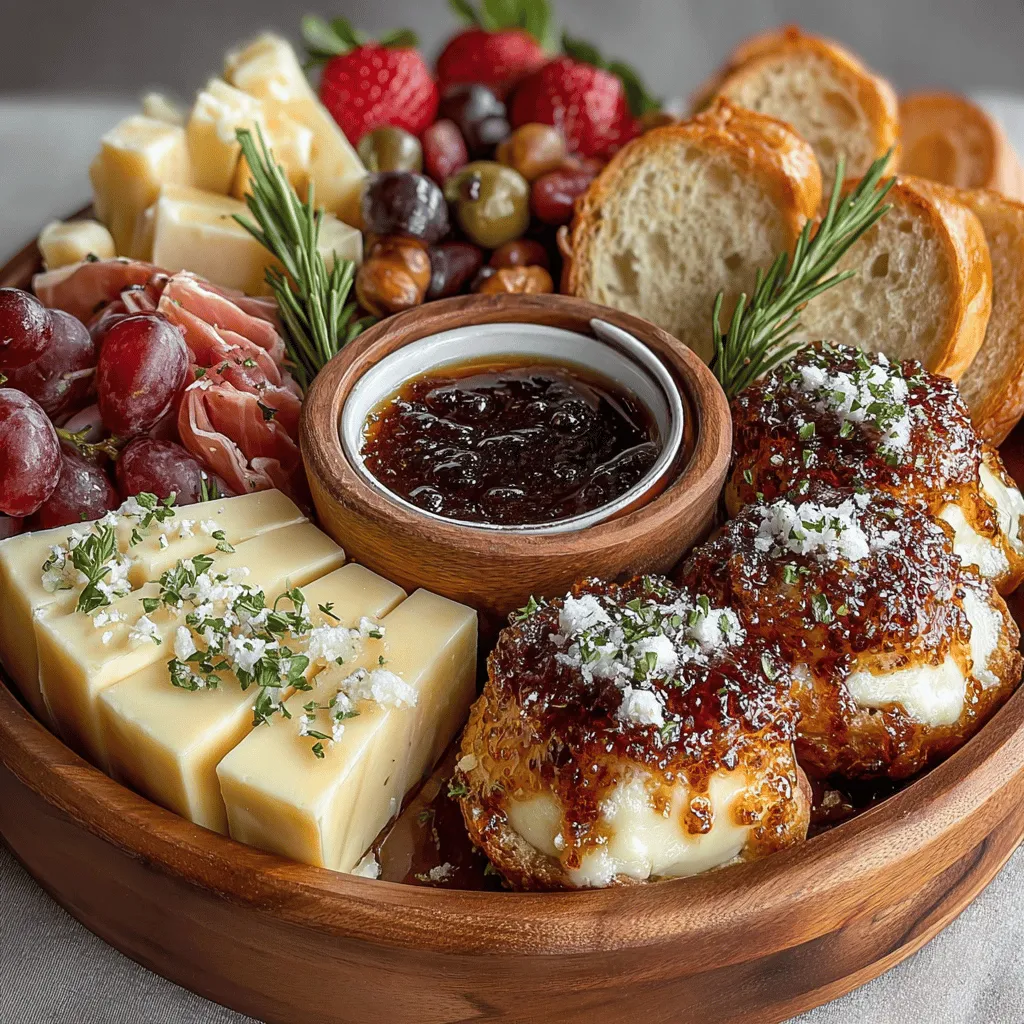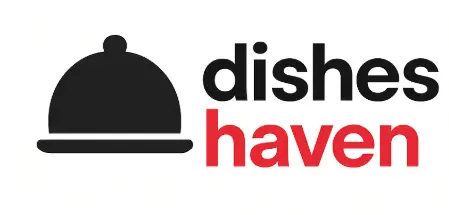Bite-Sized Bliss: Mini Charcuterie Boards
Mini charcuterie boards are a delightful culinary trend that takes the classic charcuterie experience and transforms it into a personal and intimate affair. These bite-sized creations offer a feast for the senses, showcasing an array of flavors, textures, and colors that are perfect for any occasion—be it a lively gathering, an outdoor picnic, or a cozy evening at home. The recipe for “Bite-Sized Bliss: Mini Charcuterie Boards” invites you to explore the art of assembling these charming platters, allowing your guests to craft their own unique bites.
The concept of a charcuterie board has evolved over time, becoming not just a selection of meats and cheeses but a curated experience that highlights a wide variety of gourmet ingredients. With the right balance of savory and sweet, these mini boards are designed to be visually appealing and delicious, encouraging creativity and personalization. In this article, we will delve into the essential components of a perfect mini charcuterie board, the nuances of assembly, and some creative variations to inspire your next culinary endeavor.
Understanding Charcuterie Boards
Defining Charcuterie: Origins and Evolution
The term “charcuterie” is rooted in French culinary tradition, originally referring to the art of preparing and assembling cured meats. Historically, charcuterie was a way to preserve meats, allowing them to be stored for extended periods. This practice began in the 15th century when French artisans developed techniques for salting, smoking, and curing various types of meat, leading to an impressive array of products that could be enjoyed year-round. Over the centuries, the concept of charcuterie has expanded far beyond its meat-centric beginnings, evolving into a diverse and multifaceted culinary form that now includes cheeses, fruits, nuts, and accompaniments.
Exploring the History: From Preserving Meats to Modern Charcuterie
As charcuterie gained popularity, it began to incorporate a wider range of ingredients, reflecting regional specialties and seasonal availability. In contemporary times, charcuterie boards have become synonymous with social dining, where the focus is on sharing and enjoying a variety of flavors in a communal setting. Modern charcuterie boards often feature an eclectic mix of gourmet cheeses, artisanal cured meats, fresh and dried fruits, nuts, and an array of condiments, making them a staple at parties, weddings, and casual get-togethers. The rise of social media has further propelled their popularity, with visually stunning boards often shared online, inspiring home cooks and professional chefs alike.
Why Charcuterie Boards Are Popular: Versatility and Customization
The allure of charcuterie boards lies in their versatility and customization. They can be tailored to suit any dietary preference or occasion, from vegetarian options to indulgent meat-laden spreads. Mini charcuterie boards, in particular, allow for individual servings, making them ideal for guests to enjoy a personal tasting experience. This customizable approach not only caters to diverse palates but also encourages creativity in assembly and presentation. Whether you’re hosting a holiday gathering, a birthday celebration, or simply enjoying a quiet evening, mini charcuterie boards provide a fun and interactive way to savor good food together.
Essential Ingredients for Mini Charcuterie Boards
Creating the perfect mini charcuterie board begins with selecting the right ingredients. Each component plays a crucial role in delivering a balanced and satisfying tasting experience. Here are the key elements to consider when building your mini charcuterie boards:
Choosing the Right Cheese
Cheese is often the star of any charcuterie board, offering a range of flavors and textures that can elevate the overall experience. When selecting cheeses for your mini boards, aim for a variety that includes creamy, nutty, and tangy options to cater to different tastes.
– Types of Cheeses: Consider including a soft cheese like Brie, which has a rich and buttery flavor, alongside an aged cheddar for a sharp and nutty contrast. Goat cheese is another excellent choice, offering a tangy taste that pairs beautifully with fruits and honey.
– Flavor Profiles: To create a harmonious board, think about the flavor profiles of the cheeses you choose. A good rule of thumb is to offer a mix of mild and bold flavors, as well as a combination of textures—from creamy to crumbly to firm.
Selecting Cured Meats
Cured meats add depth and richness to your mini charcuterie boards. The key is to select a few popular options that complement the cheeses and enhance the overall tasting experience.
– Popular Options: Salami, prosciutto, and chorizo are all excellent choices that provide varying levels of saltiness and spice. Salami, with its robust flavor, pairs well with creamy cheeses, while the delicate nature of prosciutto complements the softness of Brie or goat cheese. Chorizo, with its smoky and spicy notes, adds an exciting kick to the mix.
– Pairing Meats with Cheese: When assembling your board, consider how the flavors of the cured meats will interact with the cheeses. For instance, a sharp cheddar can cut through the richness of a fatty meat like prosciutto, while a tangy goat cheese can balance the spice of chorizo.
Incorporating Fruits and Nuts
Fruits and nuts not only add color and texture to your mini charcuterie boards but also provide a natural sweetness and crunch that balances the savory elements.
– Fresh Fruits: Seasonal selections like grapes, figs, or apple slices can brighten up your board and offer a refreshing contrast to the rich cheeses and meats. Aim for a variety of colors and flavors to make your board visually appealing.
– Dried Fruits: Dried fruits such as apricots, cranberries, or figs contribute a chewy texture and concentrated sweetness, enhancing the overall flavor profile of the board. They also pair wonderfully with cheese, particularly tangy varieties.
– Nuts: Including a mix of nuts, such as almonds, walnuts, or pistachios, adds a crunchy element that creates balance and depth. Nuts also provide a satisfying textural contrast to the creamy cheeses and tender meats.
Choosing Accompaniments
The finishing touches on your mini charcuterie boards come from the accompaniments, which can enhance the flavors of the main ingredients and provide additional tasting notes.
– Olives: A selection of olives—whether Kalamata, green, or stuffed—adds a briny and savory component that complements both the meats and cheeses. Consider offering a variety to cater to different tastes.
– Pickles and Cornichons: Adding pickles or cornichons introduces a tangy kick that can cut through the richness of the meats and cheeses, providing a refreshing contrast on the palate.
– Sweet Touch: A drizzle of honey or a dollop of fruit preserves can elevate the flavors of the cheeses and add a touch of sweetness that enhances the overall experience.
Preparing the Mini Charcuterie Board
With the essential ingredients in mind, it’s time to prepare your mini charcuterie board. The selection of the serving platter and thoughtful arrangement will set the stage for a visually stunning presentation.
Selecting the Right Serving Platter
The choice of serving platter can significantly impact the overall aesthetic of your mini charcuterie board. Consider the following options:
– Wood vs. Slate: Wooden boards bring a rustic charm and warmth, while slate boards offer a modern and sleek appearance. Both options can enhance the visual appeal of your ingredients, so choose based on your personal style and the occasion.
– Individual Boards: To create personalized experiences, consider using individual boards or small plates for each guest. This approach not only adds a unique touch but also makes it easy for guests to assemble their own bites.
Artful Arrangement Techniques
The arrangement of your ingredients plays a crucial role in the presentation of your mini charcuterie boards. A well-composed board is not only more inviting but also encourages guests to explore the different flavors and textures.
Start by placing the larger items, such as cheeses and meats, on the board first. Arrange them in a visually appealing way, ensuring there is balance and harmony in the composition. Next, fill in the gaps with fruits, nuts, and accompaniments, using varying heights and colors to create interest. Don’t be afraid to get creative—overlapping ingredients and using small bowls for dips or spreads can add dimension and charm to your board.
With these initial steps and considerations in mind, you are well on your way to creating your very own mini charcuterie board masterpiece. The combination of flavors and the joy of assembling your bites will surely make for a delightful culinary experience. In the following sections, we will explore more creative variations and tips for elevating your charcuterie board game even further.
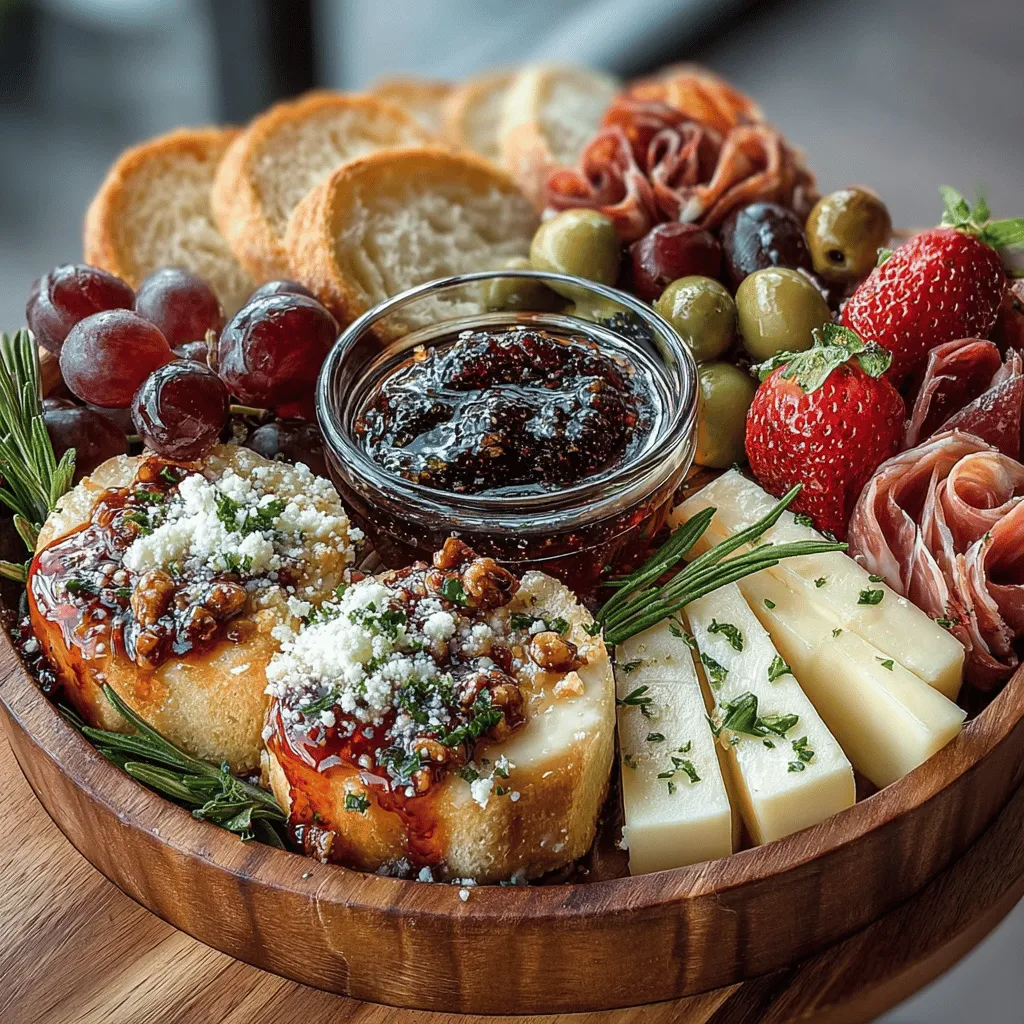
Creating a mini charcuterie board is not just about assembling ingredients; it’s an art form. The visual appeal, balance of flavors, and thoughtful presentation can transform simple snacks into an inviting feast. By focusing on color, texture, and a variety of tastes, you can craft a miniature charcuterie experience that delights the senses and encourages sharing.
Visual Appeal: Using Color and Texture
When crafting your mini charcuterie board, the first aspect to consider is visual appeal. A well-assembled board should be a feast for the eyes, showcasing a vibrant palette that excites and invites guests to indulge.
– Color: Choose ingredients in a variety of colors. Think bright red and yellow fruits, green olives, and deep brown cheeses. The contrast between these hues draws attention and makes the board visually enticing.
– Texture: Incorporate ingredients with different textures. Creamy cheeses, crunchy nuts, and soft fruits create a delightful tactile experience. This variety not only enhances the visual appeal but also the eating experience.
Balancing Flavors: Sweet, Savory, and Tangy Elements
A successful charcuterie board balances various flavors. Here’s how to ensure your board is a harmonious blend of tastes:
– Savory: Cured meats like prosciutto, salami, or chorizo provide a salty, savory base.
– Sweet: Fresh fruits like grapes, figs, or slices of apple add a natural sweetness. Dried fruits like apricots or cranberries can also enhance this sweet factor.
– Tangy: Incorporating ingredients like pickles or olives introduces a tangy contrast, brightening the overall flavor profile.
Step-by-Step Assembly Instructions
Now that you’ve gathered your ingredients, it’s time to assemble your mini charcuterie board. Follow these step-by-step instructions for a stunning presentation:
Preparing the Base: Creating an Inviting Layout
Start with a clean, large board or platter. Wooden boards, slate tiles, or marble slabs work beautifully for charcuterie displays. Arrange your board in a way that encourages exploration, using different sections for various ingredients.
Arranging Cheeses: Mixing Shapes and Sizes
Choose two or three types of cheese with varying textures and flavors. Here’s how to present them effectively:
– Cutting: Slice hard cheeses into triangles or cubes, while soft cheeses can be left whole or lightly spread.
– Placement: Position your cheeses in different areas of the board, allowing for easy access from all sides.
Styling Cured Meats: Rolling and Folding Techniques
Cured meats add a savory punch and visual flair to your board. Use these techniques to style them:
– Rolling: Roll slices of prosciutto or salami into small rosettes for a sophisticated look.
– Folding: Fold thicker slices of meat into quarters and arrange them in a fan shape for an inviting display.
Adding Fresh and Dried Fruits: Filling in Gaps
Fruits are essential for adding color and sweetness. Use a mix of fresh and dried fruits for variety:
– Fresh Fruits: Grapes, berries, and apple slices can be placed in clusters or scattered throughout the board.
– Dried Fruits: Use dried apricots, figs, or cranberries to fill gaps and add a chewy texture.
Sprinkling Nuts: Enhancing Crunch and Flavor
Nuts not only add a crunchy texture but also enhance the flavor profile of your board:
– Variety: Include a mix of nuts, such as almonds, walnuts, and pistachios, to create a contrast in flavors and textures.
– Placement: Use small bowls or scatter them directly on the board to fill spaces and add height.
Nestling Olives and Pickles: Adding Color and Taste
Olives and pickles are essential for providing a tangy bite that complements the richness of cheeses and meats:
– Varieties: Offer a mix of green and black olives, along with a selection of pickles or gherkins.
– Arrangement: Place them in small bowls or arrange them in small clusters on the board.
Incorporating Sweetness: Positioning Honey or Preserves
A drizzle of honey or a spoonful of fruit preserves can elevate your charcuterie experience:
– Presentation: Use a small dish for honey and place it near the cheese or fruit. Alternatively, spoon preserves into a small jar and place it next to the cheeses.
Baguette Placement: Ensuring Easy Access
Bread is a crucial component of any charcuterie board. It not only serves as a vehicle for meats and cheeses but also adds a contrasting texture:
– Slicing: Slice a fresh baguette into bite-sized pieces, or arrange crackers for variety.
– Accessibility: Position the bread or crackers in a way that guests can easily reach them without disrupting the entire board.
Final Touch: Garnishing with Fresh Herbs
To finish your board, add a touch of freshness with herbs:
– Herbs: Sprigs of rosemary or thyme can add color and a fragrant aroma.
– Placement: Scatter them artistically around the board to create a cohesive and polished look.
Creative Variations for Customization
One of the joys of creating mini charcuterie boards is the ability to customize them according to themes, occasions, and dietary needs.
Themed Mini Charcuterie Boards
Seasonal Themes: Fall, Winter, Spring, and Summer
– Fall: Incorporate seasonal fruits like pears, figs, and apples, along with spiced nuts and pumpkin seeds.
– Winter: Use hearty cheeses, winter fruits like pomegranates, and rich meats.
– Spring: Focus on fresh greens, tender herbs, and bright citrus fruits.
– Summer: Incorporate berries, fresh mozzarella, and grilled vegetables for a refreshing board.
Cultural Inspirations: Mediterranean, Italian, or Spanish Styles
– Mediterranean: Include hummus, pita, olives, and feta cheese.
– Italian: Feature bruschetta, prosciutto, and a variety of Italian cheeses.
– Spanish: Add chorizo, manchego cheese, and marinated olives.
Dietary Considerations
Vegetarian Options: Substituting Meats
For a vegetarian charcuterie board, replace meats with additional cheeses, roasted vegetables, and plant-based dips like baba ghanoush or tzatziki.
Gluten-Free Variations: Alternative Bread Choices
Use gluten-free crackers, rice cakes, or vegetable slices (such as cucumber or bell pepper) as alternatives to traditional bread.
Pairing Beverages with Mini Charcuterie Boards
The right beverage pairing can elevate your mini charcuterie board experience.
Wine Pairings: Complementing Flavors
White Wines: Choosing Crisp and Refreshing Options
– Sauvignon Blanc: A crisp, citrusy wine that complements fresh cheeses and fruits.
– Chardonnay: Creamy and oaky, it pairs well with rich cheeses.
Red Wines: Bold Choices to Enhance Cured Meats
– Merlot: Smooth and fruit-forward, it enhances the flavors of cured meats.
– Tempranillo: Earthy and spicy, it pairs beautifully with Spanish-inspired boards.
Non-Alcoholic Options: Creative Mocktails and Sparkling Waters
– Mocktails: Create refreshing non-alcoholic beverages with muddled herbs, fruit juices, and sparkling water.
– Sparkling Waters: Flavored sparkling waters can cleanse the palate and provide a refreshing contrast.
Conclusion
Mini charcuterie boards not only offer a feast for the senses but also create a participatory dining experience that brings people together. By thoughtfully selecting ingredients and arranging them artfully, you can create an appealing centerpiece that reflects your personal style and tastes. Whether for a special occasion or a casual gathering, these bite-sized blissful boards are sure to impress and satisfy. With the flexibility to customize and explore various themes, mini charcuterie boards are a perfect addition to any culinary repertoire. Embrace creativity, experiment with flavors, and enjoy the process of bringing people together through the joy of food.
Mini Charcuterie Board
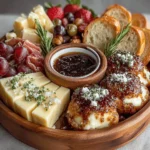
Mini charcuterie boards are a trendy and delightful way to customize your culinary creations. Perfect for gatherings, picnics, or cozy nights in, these bite-sized boards allow guests to build their unique bites, featuring a harmonious mix of cheeses, cured meats, fruits, nuts, and delicious accompaniments. Explore the art of assembling these charming platters with tips on ingredient selection, arrangement techniques, and creative variations that reflect your personal style. Discover the joy of sharing flavors and textures that tantalize the senses!
